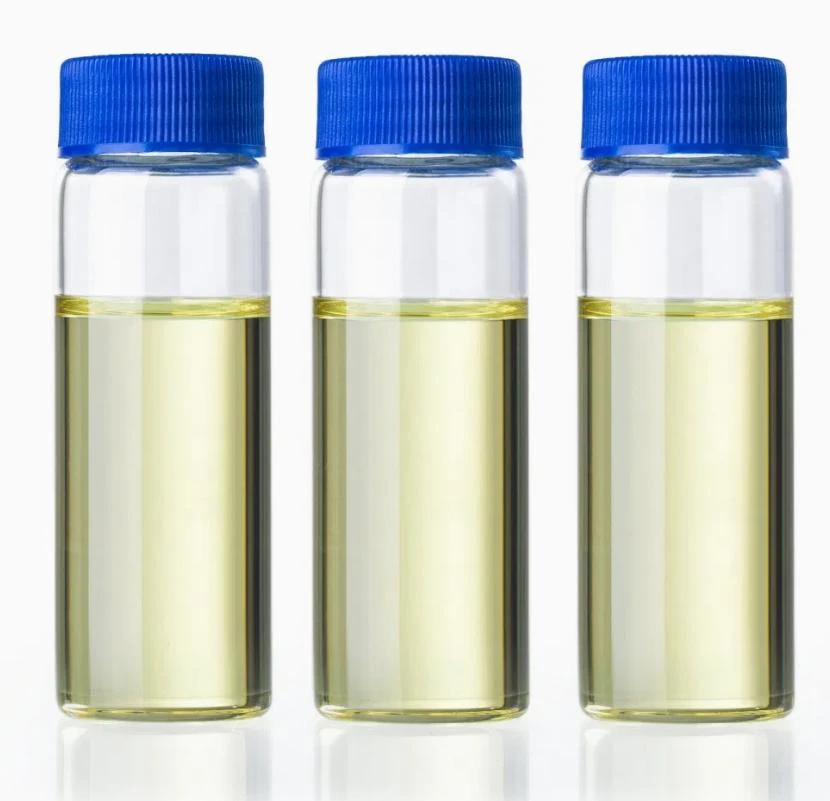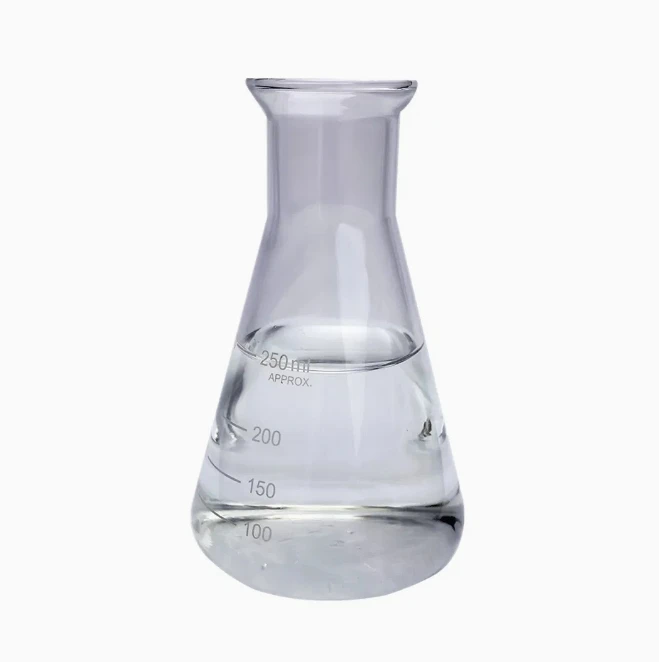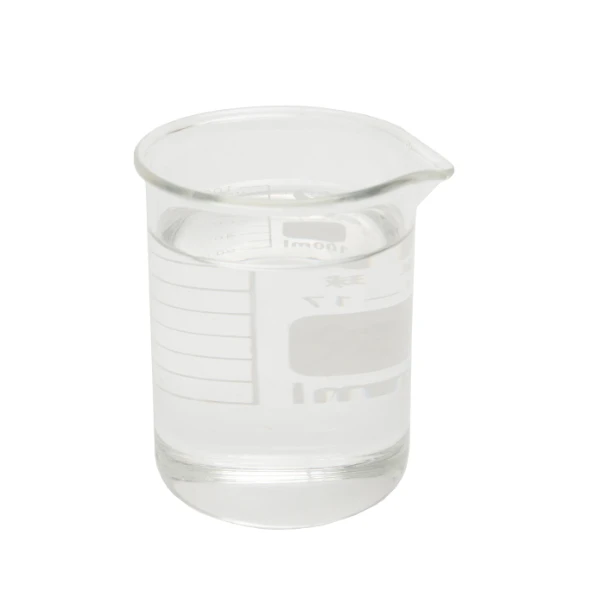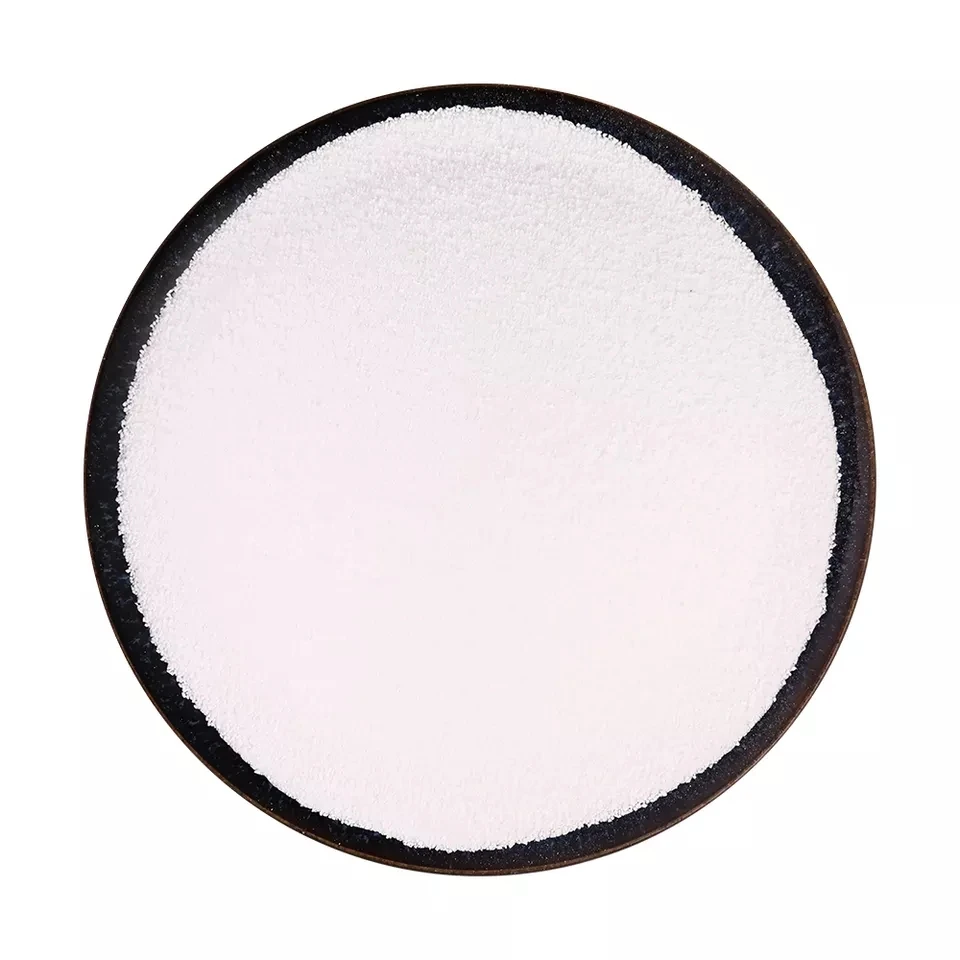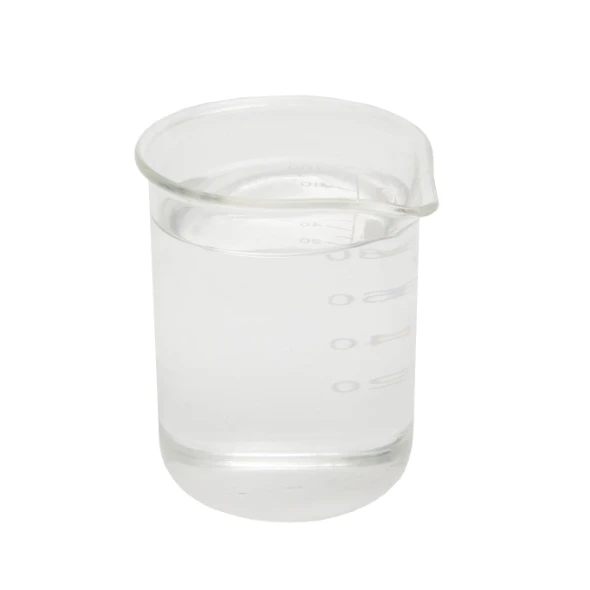Warning: Undefined array key "file" in /home/www/wwwroot/HTML/www.exportstart.com/wp-content/themes/1198/header.php on line 7
Warning: Undefined array key "title" in /home/www/wwwroot/HTML/www.exportstart.com/wp-content/themes/1198/header.php on line 7
Warning: Undefined array key "title" in /home/www/wwwroot/HTML/www.exportstart.com/wp-content/themes/1198/header.php on line 7
- Moafrika
- Sealbania
- Seamharic
- Searabia
- Searmenia
- Se-Azerbaijani
- Sebasque
- Sebelarusia
- Benghali
- Sebosnia
- Se-Bulgaria
- Secatalan
- Sebuano
- China
- China (Taiwan)
- Corsican
- Secroatia
- Czech
- Sedanishe
- Se-Dutch
- Senyesemane
- Esperanto
- Seestonia
- Sefinnishe
- Sefora
- Sefrisia
- Segalician
- Segeorgia
- Sejeremane
- Segerike
- Segujarati
- Secreole sa Haiti
- hausa
- siwaiian
- Seheberu
- Che
- Miao
- Se-Hungary
- Seiceland
- igbo
- Seindonesia
- irish
- Setaliana
- Sejapane
- Se-Javanese
- Kannada
- kazakh
- Khmer
- Rwanda
- Sekorea
- Sekurdish
- Sekyrgyz
- Lefuba
- Selatine
- Selatvia
- Selithuania
- Se-Luxembourgish
- Semacedonia
- Malgashi
- Semalay
- Semalayalam
- Semalta
- Semaori
- Marathi
- Mongolian
- Myanmar
- tsa Nepali
- Norwegian
- Norwegian
- Occitan
- Sepashto
- Sepersia
- Sepolishe
- Sepotoketsi
- Sepunjabi
- Seromania
- Serussia
- Sesamoa
- Segaeli sa Scotland
- Seserbia
- Senyesemane
- Seshona
- Sindhi
- Sesinhala
- Seslovak
- Seslovenia
- Somalia
- Sepanish
- Sesundanese
- Seswahili
- Seswedishe
- Setagalog
- Se-Tajik
- Setamil
- Setatare
- Setelugu
- Sethai
- Se-Turkey
- Turkmen
- Seukraine
- Seurdu
- Uighur
- Seuzbek
- Sevietnam
- Welsh
- Thusa
- Yiddish
- Yoruba
- Sezulu
p-Cymene CAS 99-87-6
p-Cymene is a naturally occurring compound, although it has two further geometric isomers, m-cymene (with meta-substituted alkyl groups) and o-cymene (with ortho-substituted alkyl groups) which do not occur naturally. p-Cymene is related to the monoterpenes. Monoterpenes themselves belong to the “terpenes”, a larger class of organic compounds, which are the most representative components of essential oils. chemical structure of p-cymene, indicating the benzene ring with methyl and isopropyl substitutions.




p-Cymene is an alkyl aromatic hydrocarbon mainly used to study oxidation reactions under various conditions to synthesize highly valuable intermediates and building-blocks such as cymene hydroperoxide, 4-methyl acetophenone, 4-isopropyl benzyl alcohol, 4-isopropyl benzaldehyde and 4-isopropyl benzoic acid etc.
Medicinally, p-cymene is used to prevent coughs and eliminate phlegm as well as being a flavouring agent, and being used in the production of fungicides and pesticides. It is considered to be “generally recognised as safe” (GRAS) by the U.S. Food and Drug Administration. Its potential in the prevention of protein glycation mediated diabetic complications has also been confirmed, and it has been suggested as an in vivo antioxidant compound due to its ability to reduce the formation of oxygen and nitrogen reactive species, acting as a potential neuroprotective agent in the brain. Therefore, it could be involved in the treatment of oxidative stress related diseases.
Re na le lifeme tse ngata tsa boleng bo holimo tse nang le tšebelisano e tebileng, tse ka u fang lihlahisoa tsa boleng bo holimo le litheko tsa tlholisano. Hape re ka fana ka litheolelo bakeng sa ho reka ka bongata.'Me re sebelisana le lik'hamphani tse ngata tsa litsebi tse tsamaisang thepa, li ka isa lihlahisoa ka mokhoa o sireletsehileng le ka thelelo matsohong a hau. Nako ea ho fana e ka ba matsatsi a 3-20 ka mor'a hore ho netefatsoe tefo.




| Product Name: | p-Cymene |
| Synonyms: | 1-(1-methylethyl)-4-methylbenzene;1-isopropyl-4-methyl-benzen;1-methyl-4-(1-methylethyl)-benzen;1-methyl-4-(1-methylethyl)benzene;1-methyl-4-(1-methyl-ethyl)-benzene;1-methyl-4-1-methylethylbenzene;p-Isopropyltoluol;p-Mentha-1,3,5-triene |
| CAS: | 99-87-6 |
| MF: | C10H14 |
| MW: | 134.22 |
| EINECS: | 202-796-7 |
| Product Categories: | Arenes;Analytical Chemistry; |
| Mol File: | 99-87-6.mol |
 |
|
| p-Cymene Chemical Properties |
| Sebaka se qhibilihang | -68 °C |
| Ntho e belang | 176-178 °C(lit.) |
| tekano | 0.86 g/mL at 25 °C(lit.) |
| boima ba mouoane | 4.62 (vs air) |
| khatello ea mouoane | 1.5 mm Hg ( 20 °C) |
| FEMA | 2356 | P-CYMENE |
| index ea refractive | n20/D 1.490(lit.) |
| Fp | 117 °F |
| mocheso oa polokelo. | 2-8°C |
| ho qhibiliha | Chloroform (Sparingly), Ethyl Acetate (Slightly) |
| sebopeho | Mokelikeli |
| mmala | Hlakileng |
| Monko o monate | Mild, pleasant; aromatic, solvent-type. |
| Odor Threshold | 0.057ppm |
| moeli oa ho phatloha | 5.6% |
| Odor Type | terpenic |
| Ho qhibiliha ha Metsi | PRACTICALLY INSOLUBLE |
| Merck | 14,2763 |
| JECFA Number | 1325 |
| BRN | 1903377 |
| Dielectric constant | 2.3(17℃) |

1. Na u feme kapa k'hamphani ea khoebo?
Re komnay e kopanyang indasteri le khoebo, ho fana ka ts'ebeletso e le 'ngoe.OEM e ka amoheloa.
2. O fana ka mehlala? Na ke mahala kapa ho feta?
Mehlala ea mahala. Tefiso ea thepa ea sampole e hloka ho lefuoa ka lehlakore la hau.
3. O na le litifikeiti tse amanang le taolo ea boleng?
Setifikeiti sa ISO 9001:2008 ho netefatsa boleng.
4. Ke fane ka eng ho fumana khotheishene?
Pls re tsebise ka mofuta oa sehlahisoa seo u se hlokang, bongata ba odara, aterese le litlhoko tse ikhethileng. Khotheishene e tla etsoa bakeng sa referense ea hau ka nako.
5. U khetha mofuta ofe oa mokhoa oa ho lefa? Ke mantsoe a mofuta ofe a amoheloang?
Melao e Amoheletsoeng ea Thomello: FOB,CFR,CIF,EXW;
Accepted Payment Currency:USD;EUR
Mofuta oa Tefo o Amoheletsoeng: T/T, Western Union; Paypal, Tiisetso ea Khoebo.
Puo e Builoeng: Senyesemane.
Lihlopha tsa lihlahisoa
-
 May . 13, 20252025 European Fine Chemicals Exhibition in GermanyThe much-anticipated Fine Chemicals Europe 2025 will be held in Germany from June 4 to 5, 2025. The event will bring together industry leaders, innovators and stakeholders in the fine chemicals sector, providing a unique platform for networking, collaboration and showcasing the latest advances in the field.
May . 13, 20252025 European Fine Chemicals Exhibition in GermanyThe much-anticipated Fine Chemicals Europe 2025 will be held in Germany from June 4 to 5, 2025. The event will bring together industry leaders, innovators and stakeholders in the fine chemicals sector, providing a unique platform for networking, collaboration and showcasing the latest advances in the field. -
 May . 07, 20252025 New York Cosmetics Ingredients ExhibitionThe much-anticipated 2025 Cosmetics Ingredients New York will be held at the Javits Center in New York from June 3 to 4, 2025. This event will bring together industry leaders, innovators and enthusiasts from all over the world to discuss the latest trends and advances in the field of cosmetic ingredients.
May . 07, 20252025 New York Cosmetics Ingredients ExhibitionThe much-anticipated 2025 Cosmetics Ingredients New York will be held at the Javits Center in New York from June 3 to 4, 2025. This event will bring together industry leaders, innovators and enthusiasts from all over the world to discuss the latest trends and advances in the field of cosmetic ingredients. -
 Apr . 27, 2025Zibo will host the 2025 International Chemical ExpoZibo, a city known for its thriving chemical industry, will host the 2025 Zibo International Chemical Expo from May 16 to May 18, 2025. This highly anticipated event aims to bring together industry leaders, innovators and stakeholders from around the world to explore the latest advancements and trends in the chemical industry.
Apr . 27, 2025Zibo will host the 2025 International Chemical ExpoZibo, a city known for its thriving chemical industry, will host the 2025 Zibo International Chemical Expo from May 16 to May 18, 2025. This highly anticipated event aims to bring together industry leaders, innovators and stakeholders from around the world to explore the latest advancements and trends in the chemical industry.







